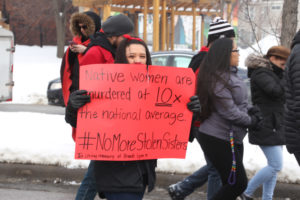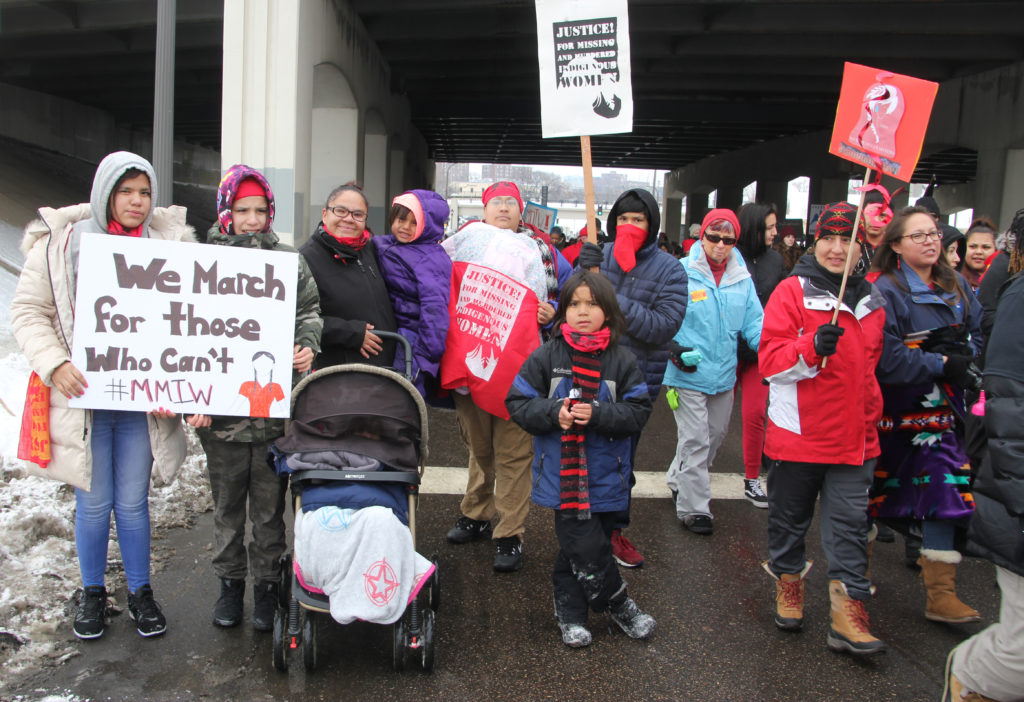by Tesha M. Christensen

TESHA M. CHRISTENSEN
Finding it hard to get to the grocery store since the Franklin Aldi’s closed? Get free delivery via Instacart, Aldi’s grocery delivery service.
Finding it hard to get to the grocery store since the Franklin Aldi’s closed? Get free delivery via Instacart, Aldi’s grocery delivery service.
The Franklin Aldi store closed on Jan. 28, 2019 for an extensive remodeling that will make the store over into one similar to the new Aldi that opened in the former Rainbow Foods at 2912 28th Ave. S. It will feature wider aisles, more refrigerated items and a wider selection of fresh foods.
“The new store layout will provide an improved in-store experience and features additional refrigeration space to accommodate even more fresh, healthy and convenient products,” according to Matt Lilla, Aldi’s Faribault division vice president.
Compared to last year, 20 percent of the Aldi product selection is new — and the company isn’t finished. In all, the company’s national growth plan calls for increasing its fresh food selection by 40 percent with many organic, convenient and easy-to-prepare options.
With that model, Aldi hopes to double its sales again over the next five years.
The Franklin Aldi is one of 28 Aldi stores being remodeled and expanded in the Minneapolis-St. Paul and the surrounding metropolitan area in 2019. In all, Aldi is investing $1.9 billion to remodel more than 1,300 U.S. ALDI stores by the end of 2020.
The remodeled store at Franklin will bump the size of the store floor from 10,000 to 13,000 square feet of sales floor space.
Aldi buildings feature open ceilings, natural lighting and environmentally-friendly construction materials. There are only four or five aisles, and every Aldi has a similar layout.
“This is a significant investment in our stores, but it’s really an investment in our shoppers,” remarked Lilla. “We’re evolving to meet their changing tastes and needs.”
He added, “As one of the fastest-growing retailers with a long history in the U.S., we’re confident in our current business model. We’re always looking for ways to innovate but we don’t get distracted by what’s happening across the industry. We’re focused on providing people with outstanding value on quality food and products.”
Aldi caters to shoppers who are pressed for time and money.
“We pioneered a model that gives people more of both,” observed Lilla. “Our shopping experience is designed to make life easier for people and to offer high-quality food at affordable prices.”
SHINGOBEE PROJECT
The project is being managed by Shingobee, a nationally-acclaimed commercial construction and development company. With two offices located in Minnesota, Shingobee operates throughout the upper Midwest. It was founded in 1980 by Gae Veit, a Native American woman who retired in 2007. In September 2018, the Loretto-based company returned to its roots as a woman-led construction company when industry veteran and 14-year employee Nancy Samson became its new owner, president and CEO. She previously worked as the CFO and corporate secretary/treasurer.
Recent Shingobee projects include a Courtyard by Marriott hotel in St. Louis Park, the Alamo Drafthouse Cinema in Woodbury, the Gardner School in Edina, and Crisp and Green in Dinkytown.
Shingobee Project manager Shane Johnson said they appreciate the business they get from Aldi. “Each project has its own set of challenges and it is rewarding at the end,” Johnson observed.
Food resources
• Messiah Lutheran/Community Bridge, 2400 Park Ave. S., 612-746-4108 or 612-871-8831. Tuesdays, noon: Free hot meal following community Bible study. It is not required to attend the Bible study, but the food will be served at noon and go quickly. Thursdays, noon: free hot meals except on holidays. Food shelf: second Fridays and fourth Saturdays, 8-11 a.m.
• Community Emergency Services, 1900 11th Ave., 612-870-1125. Food shelf, Monday-Thursday; people start lining up at 10:30 a.m. Meals on Wheels, weekdays, noon: free hot lunch meal delivery service available to ages 60+ or people with limited mobility.
• MN Food Helpline, 1-800-936-1154, weekdays 8:30 a.m. to 4:30 p.m. Calls connect residents with resources like SNAP, food shelves, farmers markers, meal programs and discount grocery programs.
• Nutrition Assistance Program for Seniors (NAPS), 651-484-8241 or 800-365-0270, box of nutritious food each month to eligible low-income seniors, 60 years and over. Boxes are distributed at many locations; call Second Harvest for more information about eligibility, applications, and delivery sites.
• Help at Your Door is a nonprofit offering a grocery delivery service for elderly and people with disabilities; people can use a printable product catalog to order food via phone or online. The service is available on a sliding scale from $5-$35 with a minimum order of $40. Participants can use EBT to pay for groceries, unless people get cash benefits on their EBT card. In the 55404 zip code, people would get called on Wednesday or Thursday for their order and then have groceries delivered the following Tuesday. More info at https://helpatyourdoor.org/services/, (651) 642-1892.
• Fare for All is an organization that purchases fresh produce and frozen meat in bulk from wholesalers and manufactures, and then pre-packs the produce and meat into affordable food packages that range in price from $10-$30. It then sells the packages at delivery sites once a month. Cash, credit, debit and SNAP accepted; anyone is able to participate. No pre-payment or pre-registration required. Pricing and package details available at https://fareforall.org/pricing/. There is a current Fare For All pick-up site at Open Arms of MN, located .6 miles away from the Aldi at 2500 Bloomington Ave S (https://fareforall.org/directory/listing/minneapolis-little-earth-of-united-tribes-2). Winter/spring schedule for the Open Arms site is Friday from 1-3 p.m. on March 22 and April 19.
• Minneapolis’ staple foods ordinance (SFO) is a local law that requires grocery stores – including most corner stores, gas stations, and pharmacies – to stock nutritious foods in six basic categories (dairy/dairy alternatives, animal and vegetable proteins, fruits and vegetables, 100% juice, whole grains, and beans/peas/lentils). There are several stores located near Aldi and stocked most or all of the required staple foods when last inspected (summer 2018).
Article printed in the March 2019 edition of The Alley Newspaper.








